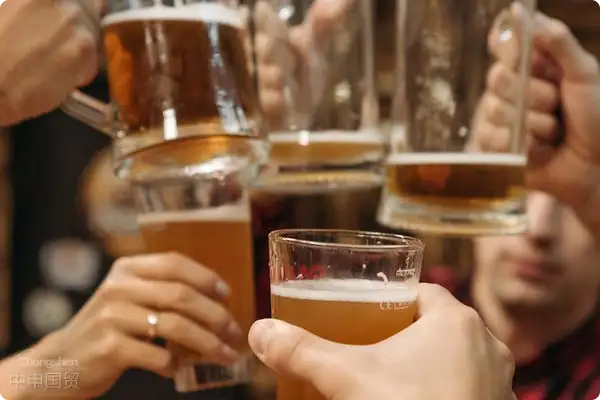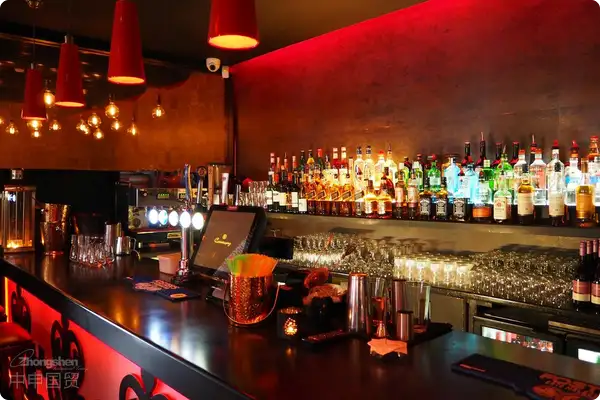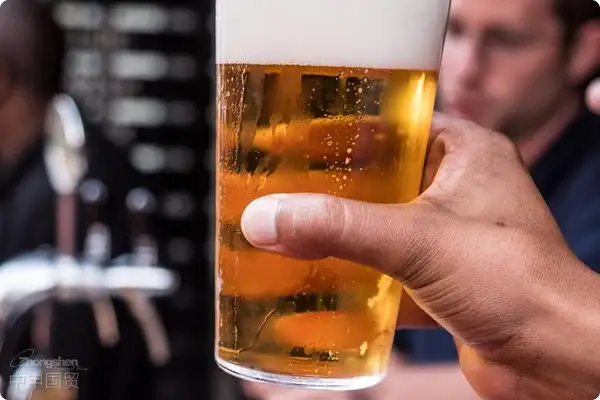- Shanghai Zhongshen International Trade Co., Ltd. - Two decades of trade agency expertise.
- Service Hotline: 139 1787 2118

The collective confusion of beer importers: Why do customs clearance documents always have issues?
Recently, a client came to me with a customs inspection notice: I prepared all the documents exactly as per the official guidelines, so why was my shipment still selected for inspection? This importers situation is quite representative—his consignment of German wheat beer faced return and rectification because the Chinese label failed to indicate original wort concentration. What seems like a simple oversight actually reveals deeper customs clearance logic for food imports.
Three Critical Checkpoints in Customs Clearance Practice
- Interlocking Qualification Documents:
- Verification of compatibility between Food Distribution License and imported food qualifications
- Cross-checking overseas manufacturer registration numbers against the General Administration of Customs備案 (filing) list
- Whether the health certificate issuing authority is on the approved directory
- Hidden Pitfalls in Label Translation:
- Unit conversion errors in nutrition facts tables (e.g., converting US customary fl.oz to milliliters)
- Non-compliant country of origin labeling position with GB 7718 requirements
- Deviation in alcohol content labeling methods from domestic standards
- Precise Declaration of Customs Elements:
- Selection of HS codes for beer types (detailed breakdown of 2203.0000 series)
- Logical validation between malt concentration and alcohol content
- Transport temperature records serving as supplementary quality certification
Decoding Customs Clearance Through Real Cases
Last year we handled a Belgian craft beer import project where the client made three typical mistakes during self-declaration:
| Problem Areas | Self-Declaration Results | Professional Handling Solution |
|---|---|---|
| Production Date Labeling | Labeled in European format DD/MM/YYYY, | Converted to YYYY年MM月DD日 with anti-counterfeit labels added |
| HS Code Classification | Declared as 2203.0000 based on 7°P malt concentration | Confirmed as 2203.0090 according to actual production process |
| Transport Temperature Control | Failed to provide cold chain transportation records | Submitted supplementary 0-4°C constant temperature records with shipping companys seal |
Golden Rules for Full-Process Risk Control
- Pre-Review Mechanism:Implement dual safeguards of document pre-review + trial minimum order quantity for the first batch of goods
- Dynamic monitoring:Establish a customs declaration status tracking system that automatically triggers anomaly alerts
- Emergency contingency plans:Prepare three response plans for sudden customs inspections at ports (label reprinting, technical rectification, customs transfer)
Key considerations for selecting the right service provider
We recommend importers evaluate partners from four dimensions:
- Whether they possess specialized qualifications for food imports (e.g.,Cosmetics & Personal Careimport and exportimporter registration for food products)
- Whether they maintain a label database for major wine-producing countries (differences in label regulations for Germany/Belgium/Netherlands, etc.)
- Whether they are equipped with constant-temperature warehousing and label rectification workshops
- Whether they have established dedicated inspection communication channels with major port customs
Last year, a new craft beer brand used our early warning system to detect Canadas new barley origin declaration requirement in advance, preventing the detention of IPA beer worth 2 million RMB at Tianjin Port. Such cases demonstrate that professional services create value far exceeding the service fees themselves.
Understanding the business essence through customs clearance mistakes
Beer importation is essentially a competition in supply chain efficiency. While competitors are still paying high demurrage fees for label rectifications, mature agents have achieved customs clearance time reduced from 45 days to 22 days. This gap ultimately translates to shelf turnover rates and capital utilization efficiency in the end market.
An interesting finding: Importers using professional customs clearance services launch their hit products an average of 1.8 sales cycles faster than those handling self-declarations. This may explain why leading craft beer brands choose to deeply collaborate with professional service providers.
Related Recommendations
Category case
Contact Us
Email: service@sh-zhongshen.com
Related Recommendations
Contact via WeChat

? 2025. All Rights Reserved. 滬ICP備2023007705號-2  PSB Record: Shanghai No.31011502009912
PSB Record: Shanghai No.31011502009912









